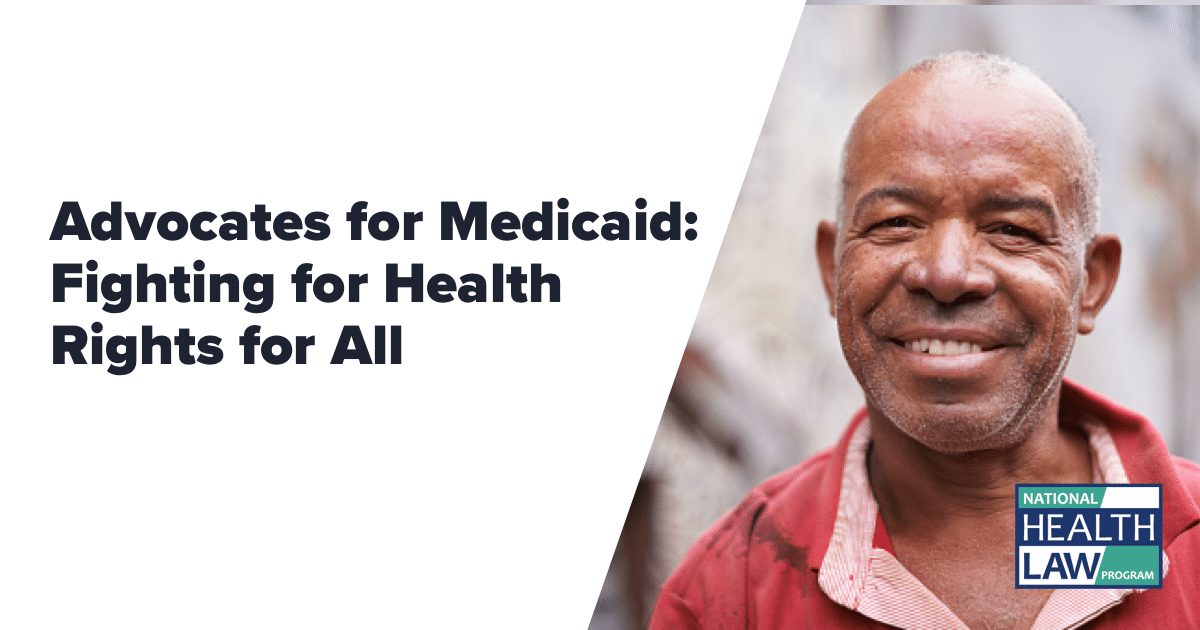Patent Term Adjustment Traps to Avoid for Practitioners
“We, the patent community…should work together to incrementally improve our system and find and fix rules that are not working as intended.”
Patent Term Adjustment (PTA) is a statutory right established by the American Inventors Protection Act of 1999 and currently codified in 35 U.S.C. SS 154. PTA is a provision that grants additional days to a patentee to compensate for administrative delays in the U.S. Patent and Trademark Office. The USPTO uses a complex set of rules when a patent is granted to (1) determine the period for patent term adjustment (37 CRF 1.703); 2) reduce the period for adjustment due to applicant delay (37 CRF 1.704); 3) govern the issuance of PTA and its challenge (37CFR 1.705). These rules are subject to changing judicial precedents and their strict application can undermine congressional intent. Companies can lose PTA by filing an Information Disclosure statement. In contrast, actions that are normally discouraged (such a filing a Request For Continued Examination) can be used to protect PTA. We sometimes lose sight of PTA’s nuts and bolts and treat PTA rules as secondary considerations. The nuts and bolts are becoming more important as the USPTO’s backlog grows. According to the current pendency time, more than half the pending applications are likely accruing PTA, as they have not received a first action, and it has been more than 14 month since the application was filed. USPTO reports only 32% received a first response within 14 months. Applicants are entitled to this extra term and thus we must be super vigilant to avoid unnecessary delays that will reduce the period of PTA.
Unfortunately, the current state of PTA law often arbitrarily punishes applicants for taking actions that do not actually cause delay. The following hypothetical scenarios provide examples of situations where the current PTA law fails both the applicant and USPTO, by punishing actions meant to facilitate efficient prosecution. These are only two of the many examples that come to my mind. Practitioners should learn the PTA traps and periodically review their portfolios to identify potential issues.
Example 1: The Information Disclosure Statement Trap
The United States is in the minority of countries which require applicants to submit prior art to the Examiner during prosecution. This position is clearly stated in 37 CFR 1.56 (a), which states that “a patent by its nature is affected with public interest”, and that “the most effective examination occurs when the Office is aware and evaluates all information material to the patentability at the time of an application being examined.” The rule should be changed to avoid this trap.
Put yourselves in the shoes a patent practitioner that received new prior art when he/she responded to Restriction Requirement. Logically, your first instinct might be to submit the prior art in an IDS. In Gilead Scis., Inc., v. Lee, (778 F.3d 1301), the applicant lost 57 PTA days for filing an IDS that included two double patenting references in response to a Restriction Requirement. The next Office Action raised several rejections that were unrelated to the newly provided reference. An Office Action was therefore issued regardless. This decision has a very inefficient result, because the best way to avoid a reduction of PTA due to submitting supplemental replies is to wait and file your IDS after you receive the next Office Action. If the next action is an Allowance Notice, the applicant will need to file a Request for Continuing Examination in order to file the IDS. There are a few safe harbors to file IDSs in supplemental responses. However, their applications are too limited. If, for example, an IDS was filed within 30 days of receiving a “new reference” from a Patent Office but that IDS was limited to the “new reference”, then there would be no reduction in PTA (see 37 CRF 1.704(d),(1)). This safe harbor does not always allow enough time to communicate the reference to counsel or to translate it. The safe harbor does not protect the submission of additional information brought to the applicant by the new reference (such as related artwork). The safe harbor does not allow applicants to submit prior art they find in an updated search or prior art provided by an opponent. The current rules encourage applicants to wait until they receive the next Office Action before providing this information. We need to take a step-back and consider whether an IDS is even a supplemental reply, and whether filing an IDS could ever be considered a failure to “engage in reasonable efforts to complete prosecution of the application.” SS 154(2)(C)(i).
The USPTO does not have substantive rule making authority, so the rules must be procedural in nature and closely comply with the statute. The relevant statutory provision in this case is 35 U.S.C. SS 154(2)(C) (emphasis added):
(C)
Reduction of period of adjustment.–
(i)
The period of adjustment of the term of a patent under paragraph (1) shall be
reduced by a period equal to the period of time during which the applicant failed to engage in reasonable efforts to conclude prosecution of the application.
(ii)With respect to adjustments to patent term made under the authority of paragraph (1)(B), an applicant shall be deemed to have failed to engage in reasonable efforts to conclude processing or examination of an application for the cumulative total of any periods of time in excess of 3 months that are taken to respond to a notice from the Office making any rejection, objection, argument, or other request, measuring such 3-month period from the date the notice was given or mailed to the applicant.(iii)The Director shall prescribe regulations establishing the circumstances that constitute a failure of an applicant to engage in reasonable efforts to conclude processing or examination of an application.
The Federal Circuit in Gilead and Supernus considered the “supplemental” nature of IDS filings under the Chevron test and concluded that applicant delay “could include a supplemental IDS.” See Supernus v. Iancu, 913 F.3d 1351, 1357 (Fed. Cir. 2019). The court hasn’t had the chance to revisit the supplemental response policy after the Supreme Court’s decision in Loper Bright, which overturned Chevron deference. I don’t think so.Example 2: Correcting Too Much
Another inefficiency that is promoted by the current PTA rules is the limited safe harbor for amendments filed under 37 CFR SS 1.312 (“312 amendment”). Example 2: Correcting too muchAnother inefficiency promoted by the current PTA regulations is the limited safe harbour for amendments filed pursuant to 37 CFR SS 1.312, (“312 Amendment”). After the Supernus ruling, the USPTO changed the PTA rules so that PTA was no longer deducted for certain circumstances where the applicant couldn’t take any action to end prosecution. These rule changes were in favor of applicants and included a change to the 312 amendment procedure. 37 CFR 1.704 (c)(10), in particular, was amended so that 312 amendments are no longer considered a delay for applicants as long as they are only directed at amendments requested by the USPTO. Consider the following hypothetical situation. After a long period of Patent Office delays, you receive a Notice Of Allowance for an important application that you are handling for your client. You and your client are discussing the strategy for the future. A month later, you receive an Notice to File Corrected Application Papers, identifying the printing errors that need to be corrected in the specification. You discover additional printing errors while preparing a corrected specifications. These were not included in your notice. What if the Examiner called you instead of issuing a formal notice? What if the Examiner called you instead of issuing a formal notice?
Unfortunately, under the current rules you will sacrifice over a month of patent term in this hypothetical fact pattern if you move forward with the additional corrections. You’re left in a Catch-22 situation where the most efficient course of action would be to correct everything on one paper, but the action that will preserve your client’s statutorily-guaranteed patent term adjustment will require additional work (for instance, calling the Examiner and asking for another notice). If the Examiner calls to request amendments, you may end up risking your client’s PTA if you negotiate the amendments over the phone, and then file a 312 Amendment instead of receiving written notification. This rule is truly a trap for practitioners.
The amended version of 37 CFR 1.704(c)(10) is superior to the prior version. I applaud the Patent Office for taking swift action in 2020 to amend rules in light of Supernus, and easing several delay periods to the benefit of applicants. We have had a few more years to work with the new rules, and 37 CFR 1.704.2(c)(10) can be improved by granting a safe harbor to all 312 amendments following receipt of a Notice to file Corrected Applications Papers. The rule should also be less penalizing to applicants who submit a voluntary 312 amendement to fix errors they identify without notification by the Patent Office. Let’s Fix It Together
I am hoping that the reader will find these examples helpful when considering ways to improve Patent Term Adjustment. Patent law is a complex area of law that contains many “gotchas” that can cost applicants large sums of money or lost research time. We, as the patent community, (including applicants and lawyers, patent agents and judges, the Patent Office and even the general population), should work together in order to incrementally improve the system and fix rules which are not working properly. The patent term adjustment rules are important to remember when looking at ways to improve the system. Register here.
Image Source: Deposit Photos
Image ID: 30330254






